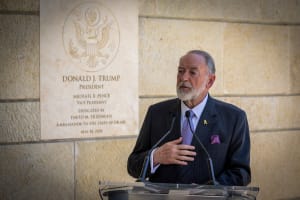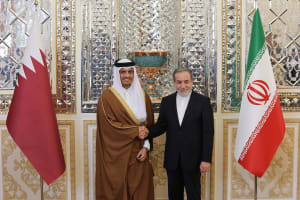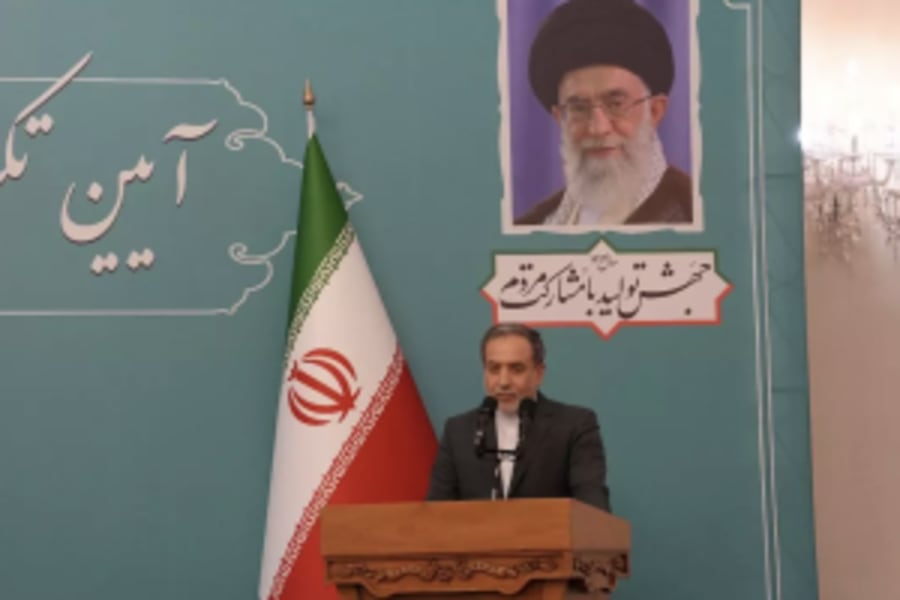Archaeological institute – with vision to share Israel's biblically significant discoveries – opens new Jerusalem office
The Armstrong Institute of Biblical Archaeology has been sponsoring excavations in Jerusalem for over 50 years
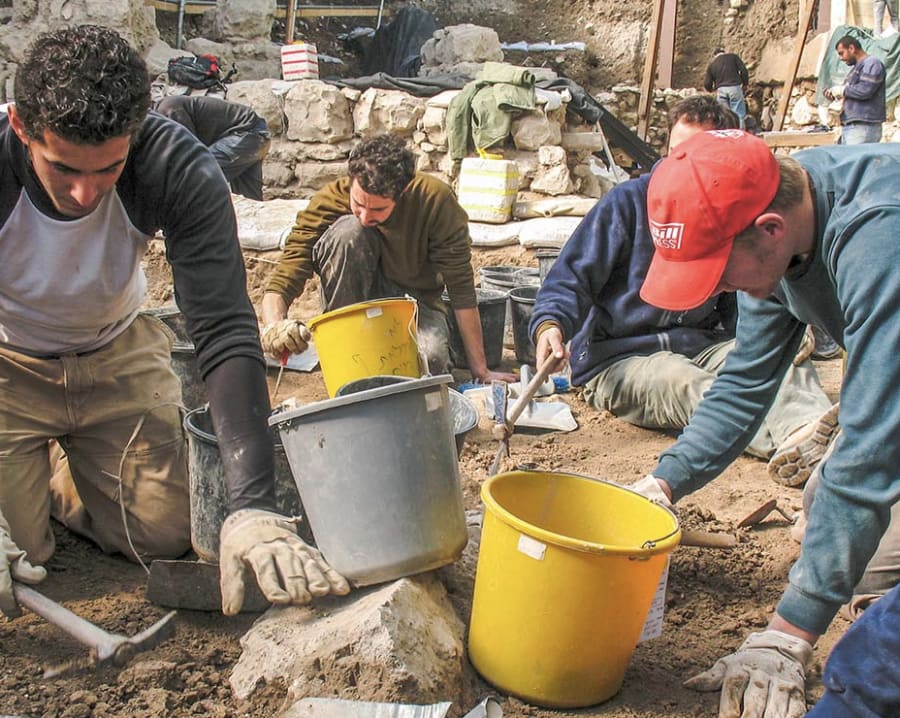
Understanding and learning lessons from the past is critical to understanding where human beings have been and where we are going, according to Brent Nagtegaal of the Armstrong Institute of Biblical Archaeology in Jerusalem.
The Institute, named after philanthropist and theologian Herbert W. Armstrong, focuses on sharing Israel's biblical archaeology and significant discoveries from excavations in Jerusalem in order to showcase them around the world. The new building opened on Sept. 4.
“The excavations are mainly focused on the biblical period,” Nagtegaal told Christian journalist Paul Calvert during a recent interview. “We're trying to give life to the Bible in a way that puts the actual physical artifacts, associates them with biblical history. And that's what we find in Jerusalem repeatedly. We find excavation that's done, in many ways, in a scientific manner that is separate from the biblical text. And yet we find it very much correlating with the history we all read in the Bible.”
Nagtegaal said many of their discoveries at the Institute prove that the Bible is correct and provided definite proof of the existence of biblical personalities, such as King Hezekiah during the times of Jeremiah the prophet.
Nagtegaal said, for example, that they discovered two seal impressions – or stamp signatures, an ancient kind of middle aged wax and impression with a ring – related to Jeremiah during the time of Zedekiah.
“We found a couple of those [seal impressions] of biblical people – first and last names – that no biblical ‘denier’, if you want to call it, would deny that these people are the same people as the people in the Bible.”
One fascinating discovery was a seal impression that belonged to King Hezekiah.
“’King Hezekiah, son of Ahaz, King of Judah’ That's what it says,” explained Nagtegaal. “And it was found, in archaeological terms, in the right context. So we were digging down all through these layers for the past 2700 years. We get to a layer that dates to King Hezekiah's time, and it's inside that layer that we find King Hezekiah's signature. And so the dating matches perfectly to him.”
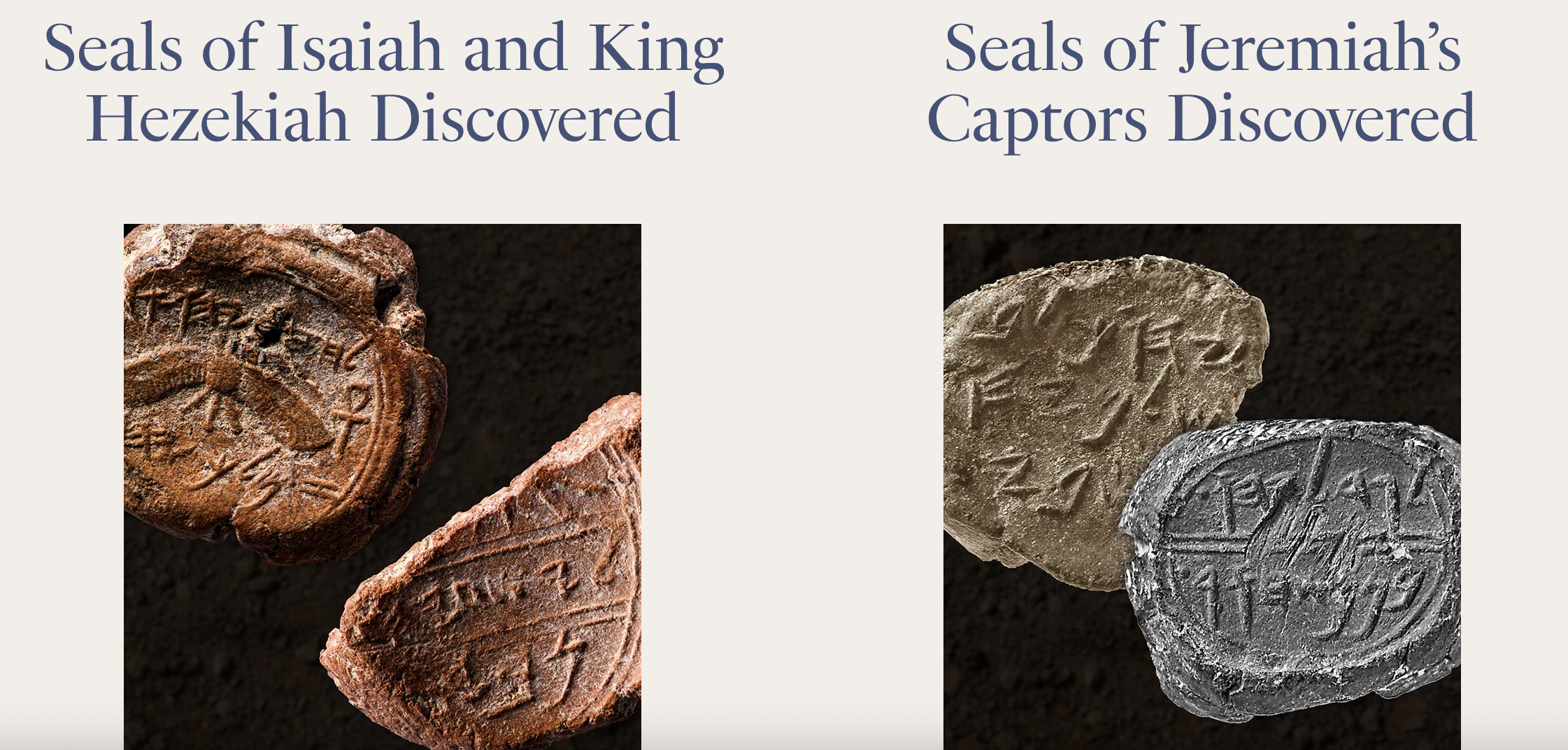
Nagtegaal also explained the limitations of archaeology and what it can do.
“You are limited in what archaeology can do because, again, you're scraping off layers. And what remains today wasn't there anciently. But of course, a city is huge and you're only discovering a very scant amount of that city from an old time. However, there's nothing that we've found in Jerusalem in our excavations in 50 years that would disprove anything in the Bible.”
All of Armstrong Institute’s excavations are in Jerusalem and Nagtegaal said they repeatedly find discoveries that match up with biblical text.
The Institute sponsors archaeological excavations throughout the city of Jerusalem, which includes the excavation of the area below the ancient southern Temple Mount wall and near the al-Aqsa mosque, just north of the ancient City of David. Historians believe it is the royal ancient acropolis of biblical Jerusalem, where the kings, priests and prophets would have lived and worked. They have also discovered big city walls and construction from the time period of King Solomon, including a gatehouse from that time period and an entrance to biblical Jerusalem.
The Armstrong Institute’s most recent excavation was completed over the summer in partnership with Prof. Uzi Avner, head of the Archaeology Institute at Hebrew University. Avner has been excavating in the Galilee region for twenty years, but his first Jerusalem dig resulted in a significant discovery.”
“On that excavation, we were in the time period of Jesus, from 2000 years ago,” said Nagtegaal, “and we uncovered the destruction layer of Jerusalem in 70 A.D….when Jerusalem was destroyed by the Romans, culminating in the Great Revolt.”
Inside that layer of destruction, they found ‘revolt’ coins, specifically from the fourth, final year of the Jewish rebellion against the Romans.
”To find a coin that was minted that very year that Jerusalem was destroyed – inside the destruction of Jerusalem – for us, it was amazing.”
Nagtegaal began digging in Jerusalem as a student volunteer in 2006, finding everything from pot shards to pieces of glass to pieces of metal arrowheads from Babylonian attacks and even some seal impressions that have yet to be identified with a specific name.
Nagtegaal explained that the excavations they perform are incredibly scientific. Discoveries are only deemed credible if each one is carefully documented, including in which layer it was found.
“That puts extreme constraints on those that are digging to dig to a certain protocol, to make sure that somebody else can read your publications of the discoveries and prove, themselves, from what you publish, that what you found is in the correct layer. That’s what’s most important. It's not just about what you find, but the dating of what you find as well.”
“And so this process is so laborious,” he continued. Archaeology people have a lot of notions that it's similar to Indiana Jones or things like that. We have had some Indiana Jones moments. Most of the time it's digging in the dirt, painfully registering everything…”
“However,” he added, “digging in ancient Jerusalem, I think carries with it a vision and a value, with it, that helps you get through those difficult days.”
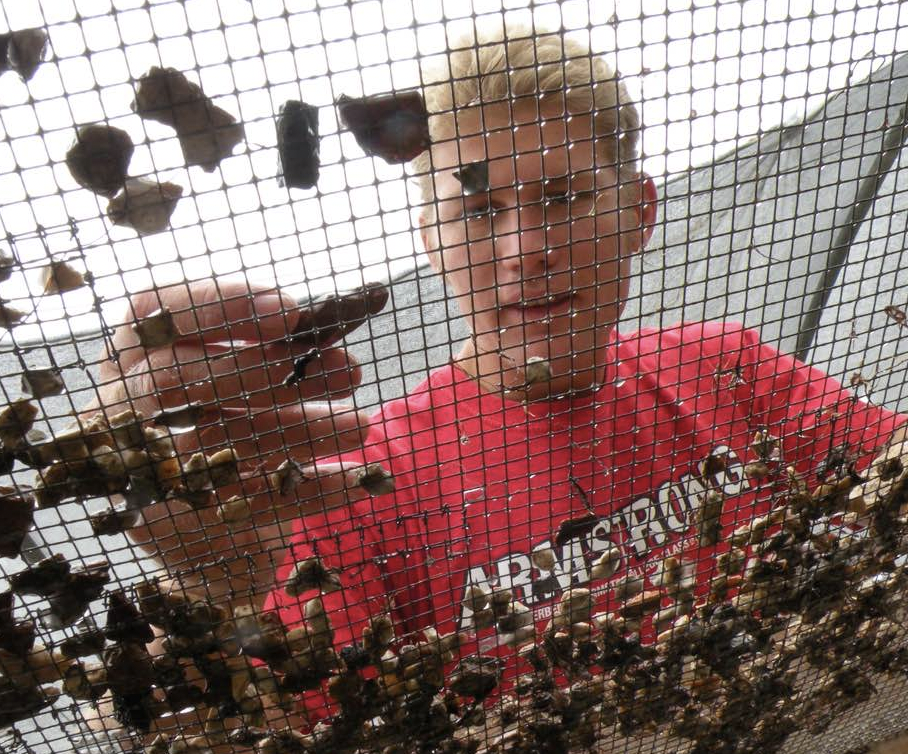
During the interview, Nagtegaal described a relatively new archaeological method over the last 15 years; the process of sifting the material being dug. As a result of this new spraying method, the team spotted two seal impressions just below David's Palace in 2007.
“Through this process of sifting and wet sifting, we found another 100. What we've seen over the past, I would say, ten years, is an explosion of small finds; these tiny discoveries that archaeologists, in the previous 100 years, missed. And so we are basically capturing absolutely every bit of information out of the dirt. And so now all of a sudden, we have an influx of biblical personalities that have been found,” he said.
The institute also works with the Israeli Antiquities Authority, who is responsible for collecting and preserving all of the artifacts which become the property of the State of Israel.
Herbert Armstrong, the institute’s namesake, was originally from Oklahoma and took an interest in Jerusalem starting back in 1968.
At the time, excavations in Israel were being performed by Israeli historian Prof. Benjamin Mazar, who was considered a pioneer in this area. Mazar, head of Hebrew University and recognized as the “dean” of biblical archaeology, was awarded the first archaeology license in Israel in 1948. Armstrong partnered with Mazar and the Hebrew University, 50/50, to fund some of Jerusalem’s largest excavations, a legacy which the Armstrong Institute preserves to this day.
Armstrong Institute publishes a free print magazine called Let the Stone Speak. The publication focuses on biblical archaeology and history, highlighting biblical periods, as well as the recent discoveries and current updates. In addition, the institute recently started podcast lectures and interviews with biblical scholars and archaeologists in Israel, which are available on YouTube.
For more information about the Armstrong Institute of Biblical Archaeology, visit their website.

The All Israel News Staff is a team of journalists in Israel.








